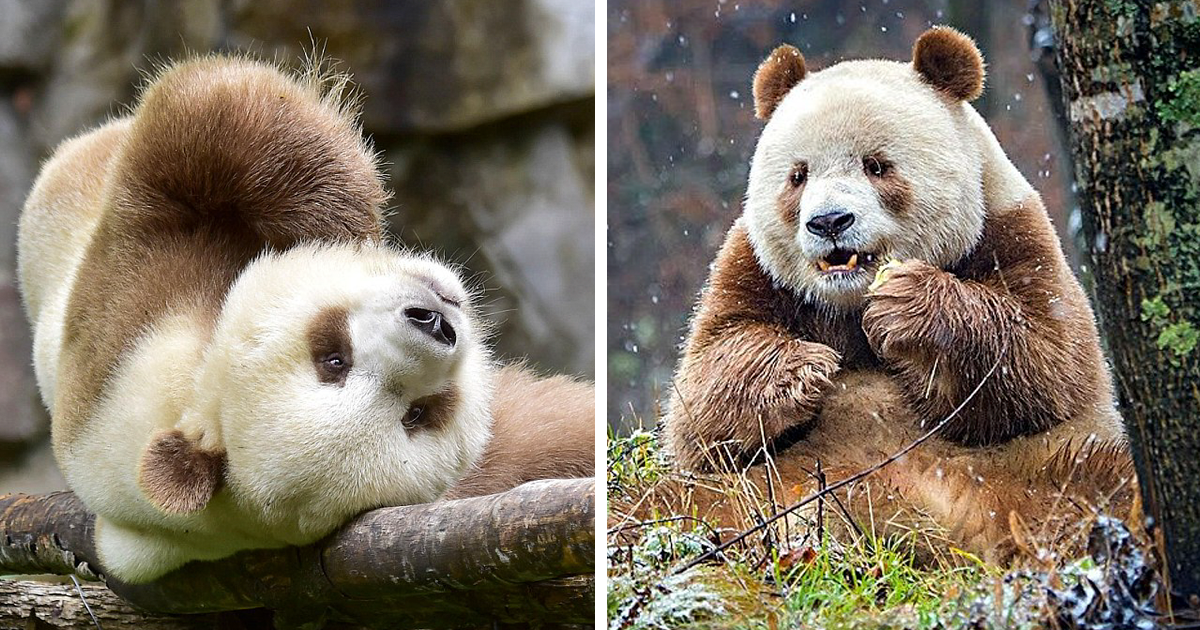
The Fifth Brown Panda in the History of Qinling Pandas – Qizai’s Story
Brown Panda is the next cuteness overload on your screen! Qizai is the only brown panda in the world in captivity, but it took some time to reap the benefits of being unique. Qizai was bullied by other black and white pandas growing up. However, he’s now thriving as a beautiful brown panda bear in the world.
The story of “The Ugly Duckling” was a sad reality for Qizai. He was found weak and abandoned by his mother at two months old in a nature reserve. It’s also known as a Qinling Panda because it was found in the Qinling Mountains in Central China. If you’re wondering why pandas are only in China, that’s due to their favorite food – 40kg/day of bamboo.
His bear mother disappeared into the jungle, but one thing is sure — she was black and white. Coming from a panda mom with black and white fur makes Qizai’s colors even more interesting for researchers. Scientists assume that it’s due to some genetic mutation. Being able to observe and study the appearance of Qizai as a cub, researchers would get a step closer to solving the brown panda mystery. Due to ongoing studies, Qizai (now 13 years old) is the only brown panda in captivity. Scientists are trying to mate with him and understand the baby panda’s potentially inherited fur colors.
Meanwhile, Qizai is enjoying a good life at the Foping Panda Valley. Since he’s living in captivity, its panda lifespan is expected to be 30 years, while the average lifespan of wild pandas is 15-20 years. Qizai has a caretaker who wakes up at 6 a.m. and sleeps at midnight to ensure Qizai is well-fed, safe, and sound.
‘He is slower than the other pandas, but he is also cuter,’ Qizai’s keeper told MailOnline, describing the bear as a ‘gentle, funny and adorable’ animal.
More info: Foping Panda Valley, (h/t)
Meet Qizai, the 5th Brown Panda and a Celebrity in the Animal World!
What is a Panda?
A panda is a type of bear that is native to China. It is known for its distinct black and white fur and is considered to be an endangered species. Pandas primarily eat bamboo and are known for their gentle nature. However, brown panda bears have appeared now and then, and scientists couldn’t get more excited about studying them.
Are Brown Pandas Rare?
Yes, brown pandas are considered to be rare. Because their fur colors are rare, brown panda bears aren’t commonly seen in the wild or captivity. However, they are exceptional and unique. Five brown giant pandas have been reported worldwide in 25 years. The first brown panda was Dan Dan. It was founded in the wild at Foping, China, in 1985 and died in 2002 of skin cancer. Qin Qin was the bear cub that survived the mating of Dan Dan (the brown and white panda), but it had black and white fur like his father. The fifth reported brown panda is Qizai.
What is the Rarest Panda?
The rarest panda known is an all-white panda, which is believed to be the only one of its kind in the wild. This remarkable creature, first discovered in 2019 at Wolong National Nature Reserve in China, has captivated experts and animal lovers with its unique features. Although there have been documented cases of albinism in white bears, this panda is the only one known to be completely white. It’s truly extraordinary to see this incredibly rare all-white panda in nature and caught on camera.
According to European and American legends, a 7th son is considered especially lucky with supernatural powers. The only power of Qizai, whose name means ‘the seventh son,’ was different fur colors with brown instead of black.
Why Are Brown Pandas Endangered?
Brown pandas are endangered due to a combination of factors. One of the main reasons is their low population size. With only around 100 Qinling pandas remaining globally, their numbers are critically low. Additionally, pandas have difficulties reproducing (rare mating season), further contributing to their endangered status.
Another significant threat is their limited diet of bamboo, which can lead to health issues. Loss of habitat is also a considerable concern. Deforestation and infrastructure development isolate panda populations, making it harder to find suitable bamboo forests and potential mates. To address these challenges, the Chinese government has established over 50 reserves for pandas, but unfortunately, only around 67% of pandas currently live within these protected areas. Efforts to preserve and protect pandas in their natural habitats continue. Still, more attention and actions are needed to ensure the survival of these incredible creatures.
Qizai is enjoying a good life at the Foping Panda Valley
Qizai’s Personal Caretaker
‘He is Slower Than the Other Pandas, but He is Also Cuter,’ Qizai’s Keeper Told Mailonline
If You Want to Say ‘hello’ to Qizai, You Know Where to Find Him…
210Kviews
Share on FacebookFor SHAME! All y'all black and white pandas who bullied this precious brown baby are going to the Naughty Panda Time-Out Chair right this instant to just think about your behavior!!
For SHAME! All y'all black and white pandas who bullied this precious brown baby are going to the Naughty Panda Time-Out Chair right this instant to just think about your behavior!!
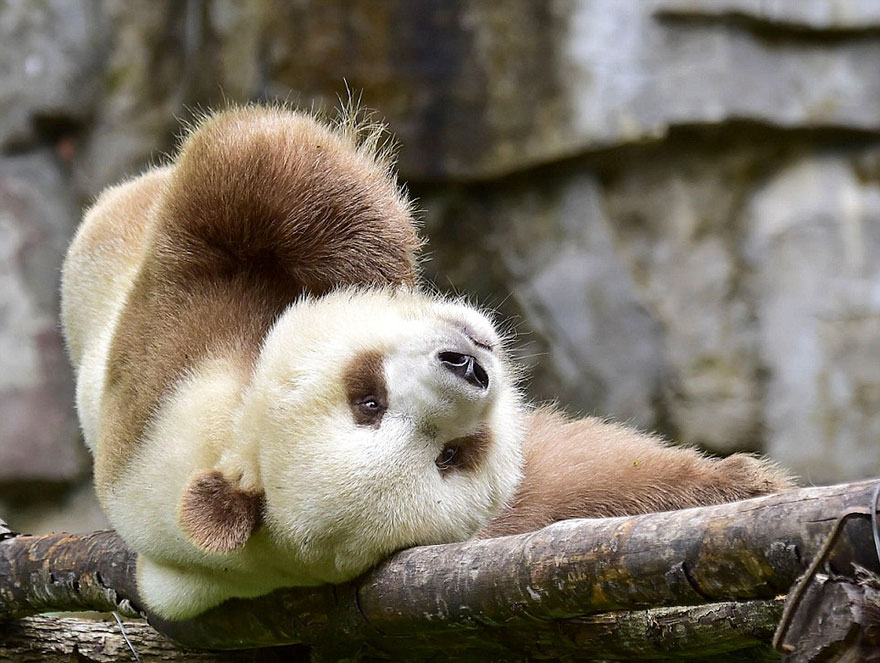
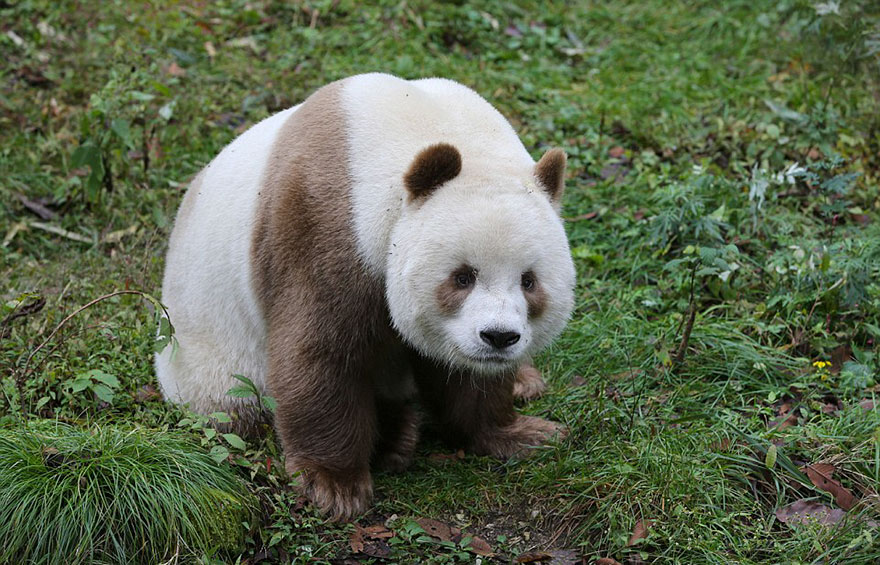
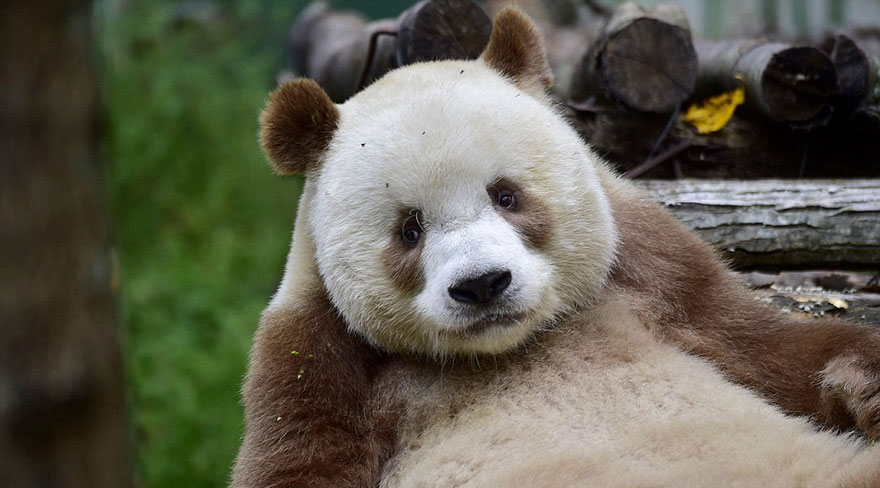
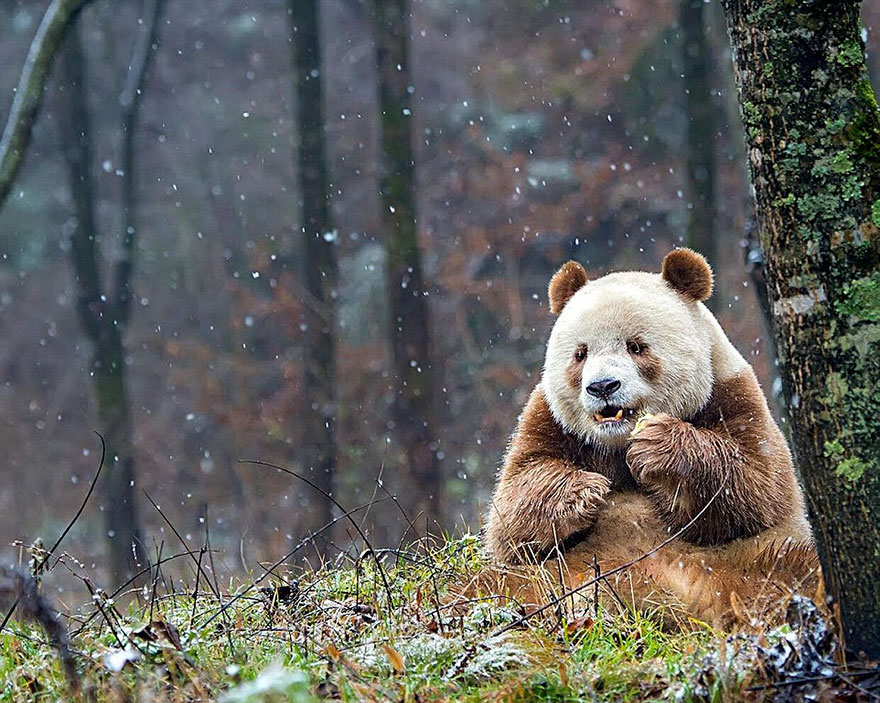
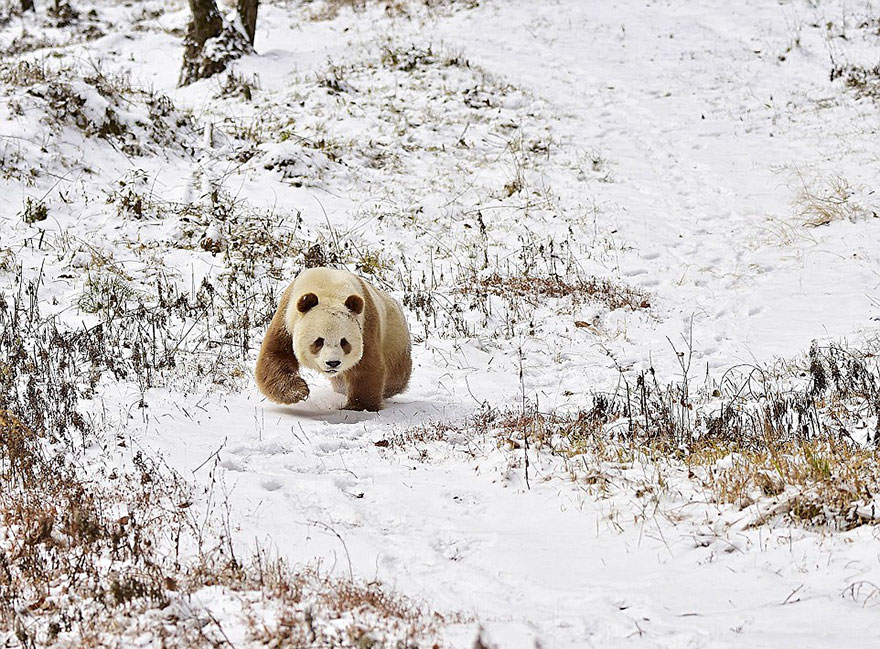
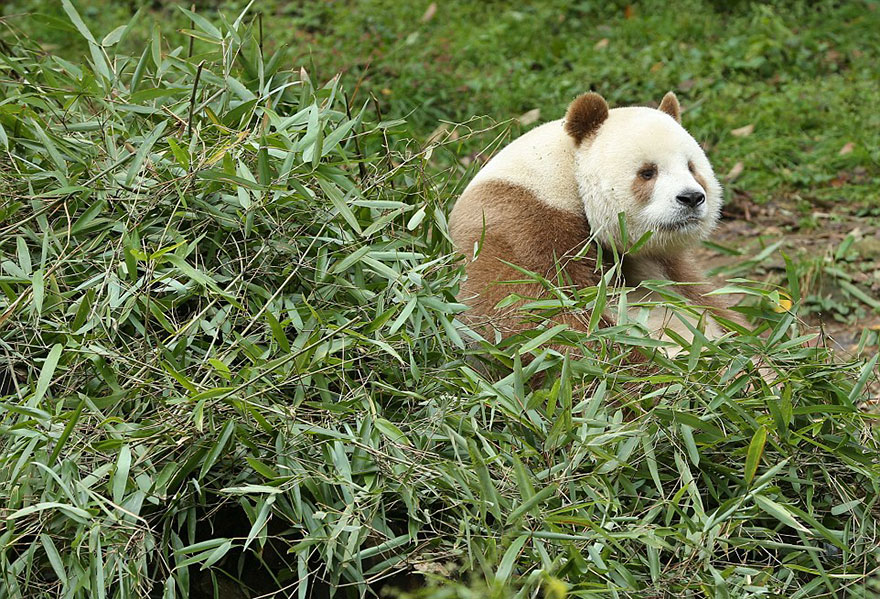
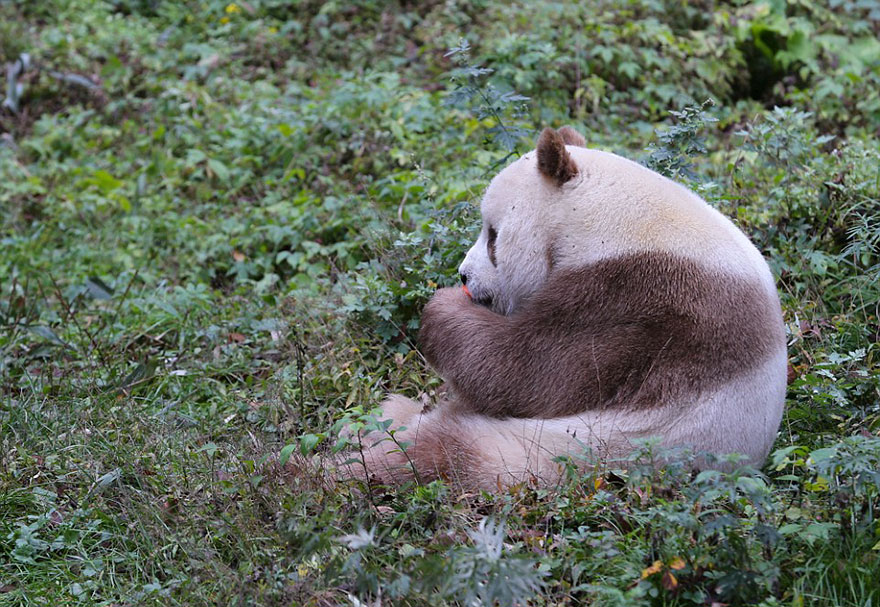
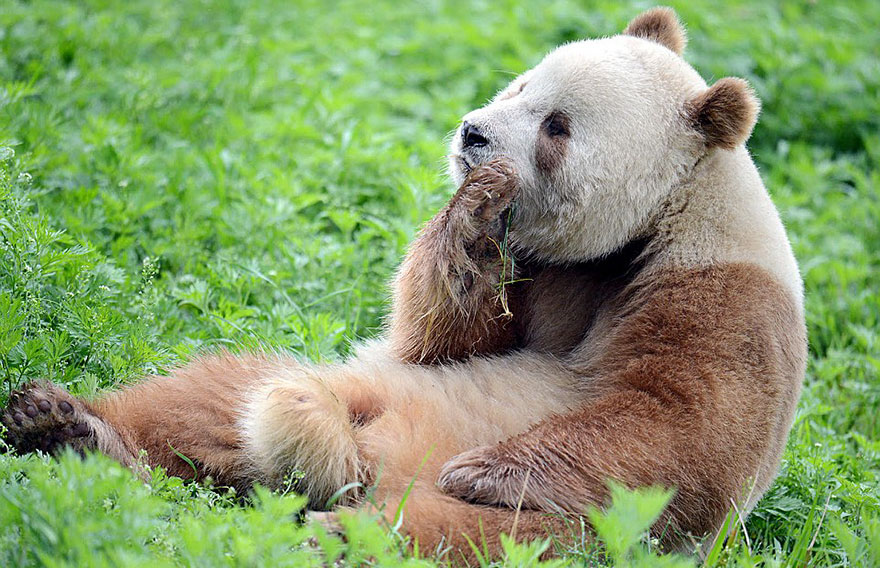
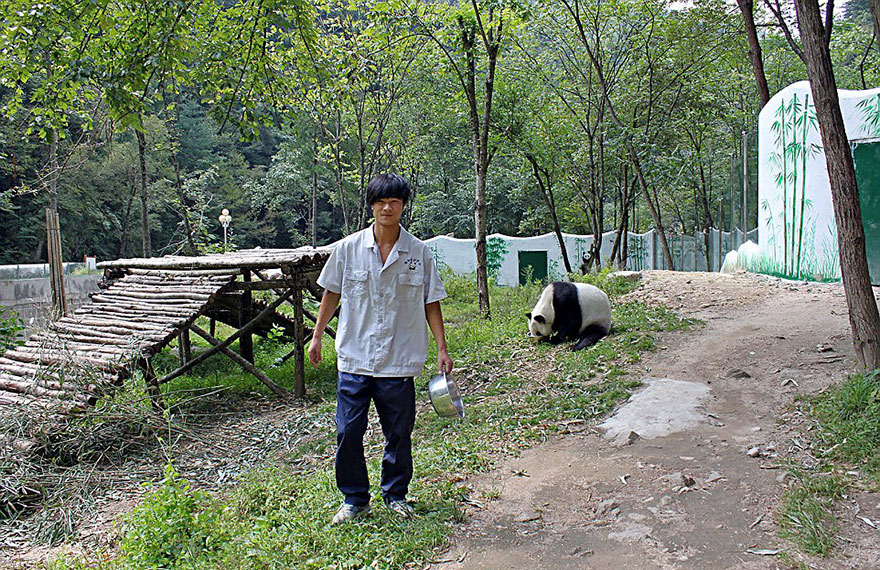
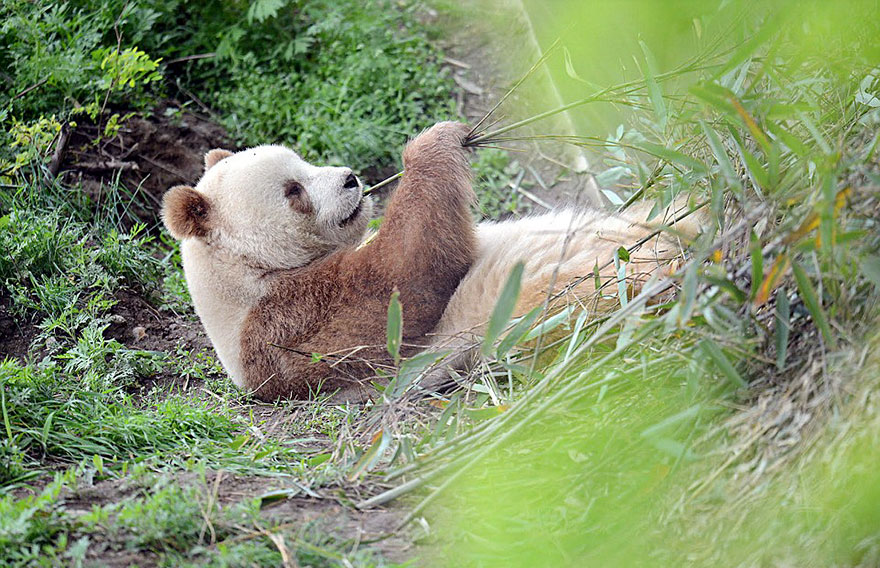
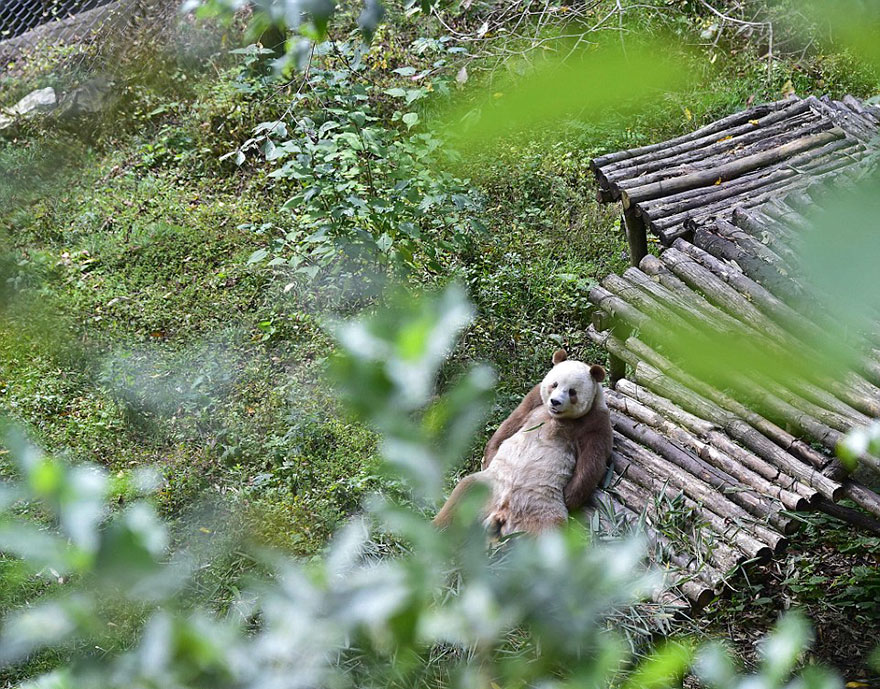
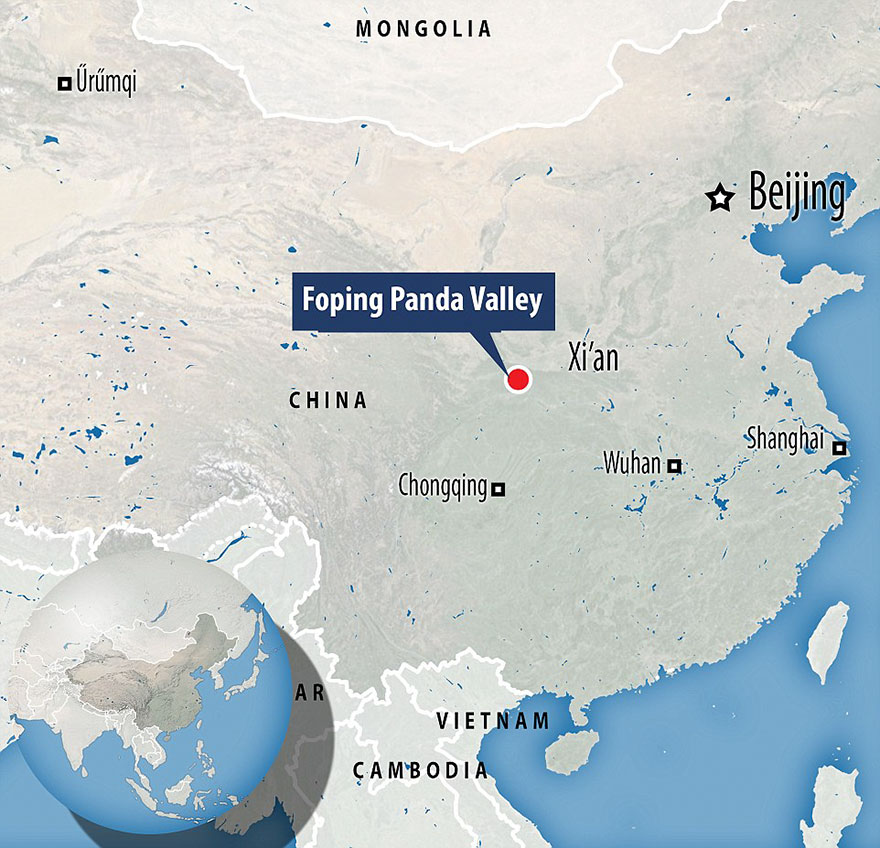














717
44